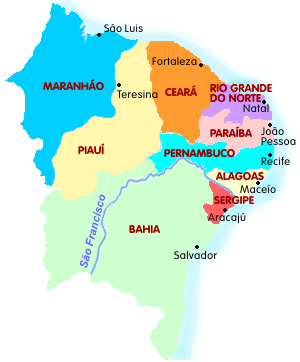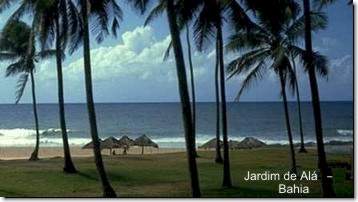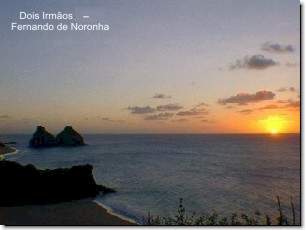NORTHEAST

The Northeast covers 18% of Brazil and contains 29% of the population who live in the states of Alagoas, Bahia, Ceará, Maranhão, Paraíba, Pernambuco, Piauí, Rio Grande do Norte and Sergipe.
Brazilís Northeast has everything to make it one of the most sought after vacation centres in the world, especially among travellers looking for perfect weather and even more perfect beaches. This is probably why for the residents of Rio de Janeiro and São Paulo, the Northeast is their number one vacation destination. In 2001 it will be the chance for the British to discover this part of Brazil, ironically the nearest part to the UK, with charter operations starting in May to Natal, Recife and Salvador.


